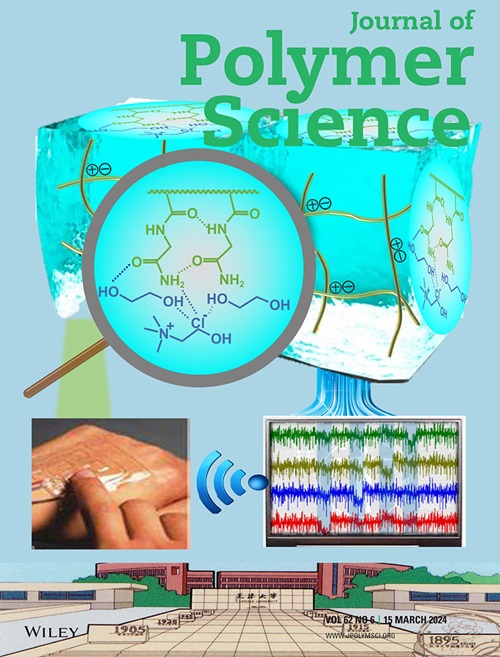Ultra-High in-Plane Thermal Conductivity of Epoxy Composites Reinforced by Three-Dimensional Carbon Fiber/Graphene Hybrid Felt
Abstract
The heat dissipation problem brought about by high heat density components is a key bottleneck restricting the development of the new electronics industry. At present, traditional low thermal conductivity (TC) polymer composites can no longer meet the heat dissipation demand. The requirements for their thermal performance are also increasing. In this work, the epoxy resin/carbon fiber /graphene hybrid felt (Epoxy/CF/G) composites with high in-plane TC were constructed through the synergistic interaction of one-dimensional carbon fiber (CF) and two-dimensional graphene (G). The synergistic effect of CF and G on thermal conductivity is explored. Graphene can bridge adjacent carbon fibers (CFs) to reduce phonon scattering and build multistage heat transfer paths, facilitating the thermal properties. The thermal conductivity value (K) of the prepared composites reaches 24.09 W/mK at a packing load of 35.25 wt%, which is superior to that of Epoxy/CF composites (12.73 W/mK). The heat transport mechanism is analyzed using infrared thermography. The heat dissipation effect is verified by light emitting diodes, further understanding the internal heat flow conduction process. This synergistic effect strategy provides a promising approach for further constructing thermal conduction networks with industrial application value.


 求助内容:
求助内容: 应助结果提醒方式:
应助结果提醒方式:


